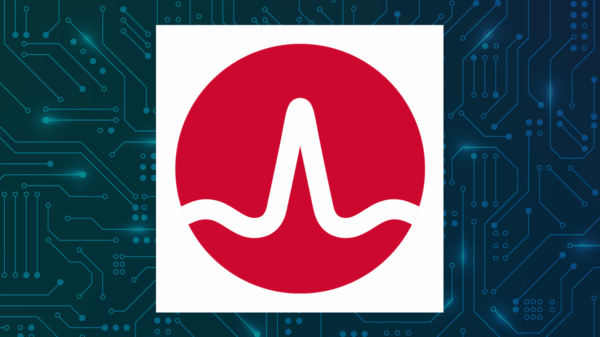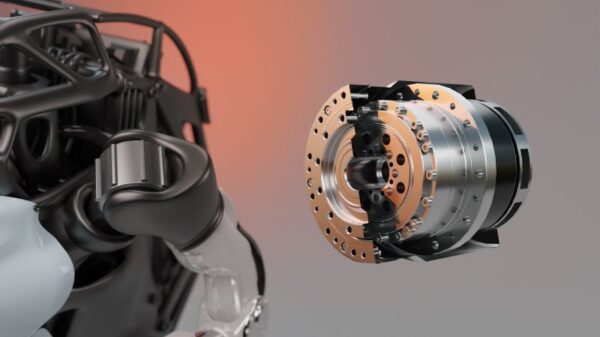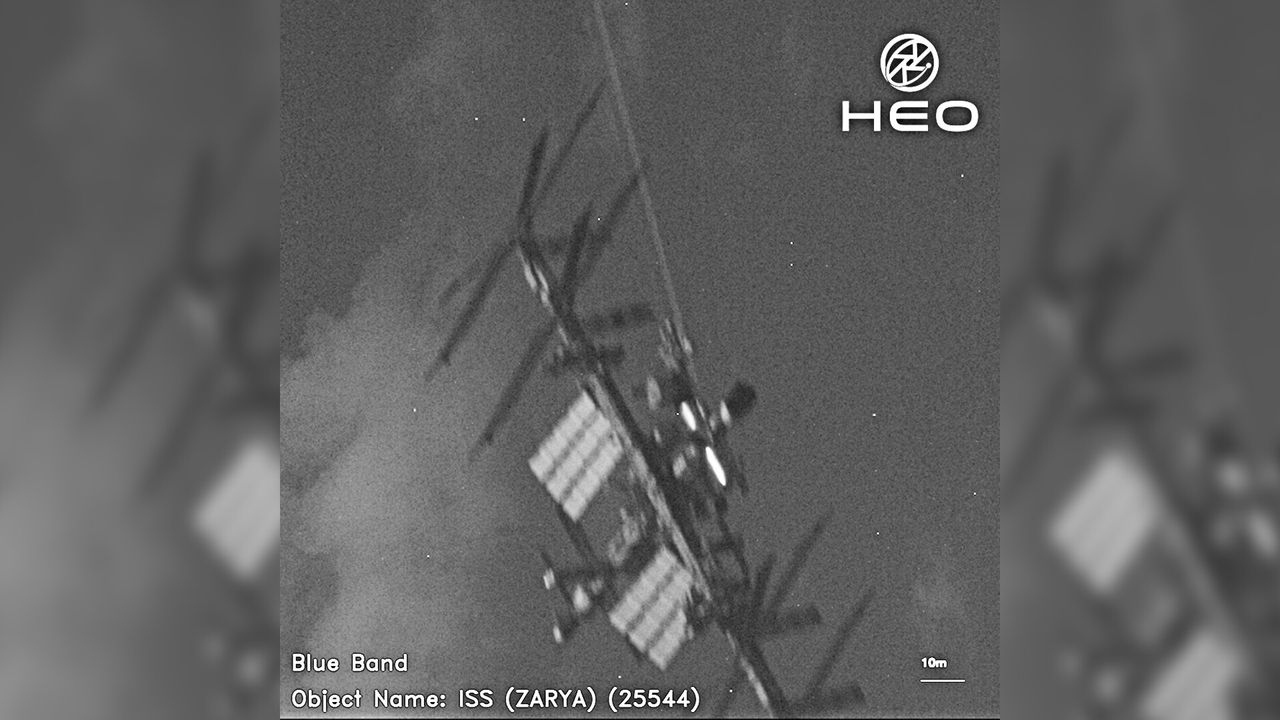Australian company HEO Robotics is advancing its capabilities in spacecraft imaging, aiming to extend its reach beyond low Earth orbit (LEO) to higher orbits and potentially to destinations within the solar system. Known for capturing striking images of spacecraft such as the International Space Station (ISS) and China’s Tiangong space station, HEO Robotics is now focusing on geostationary orbit (GEO), where high-value communications and weather satellites reside.
At the International Astronautical Congress (IAC) in Sydney, co-founder and chief executive Will Crowe discussed the company’s ambitious plans for the future. HEO Robotics, which began in 2019 as an asteroid-mining venture, quickly shifted its focus to imaging technologies. Crowe highlighted the significance of non-Earth imaging (NEI), noting that, while national security establishments have operated in this domain for decades, the field had remained largely classified.
“Nobody knew it was possible because it was just very secretive,” Crowe remarked. “But we didn’t know we shouldn’t know that, so we just started playing, and there was no one to stop us, because we’re here in Australia.” This innovative spirit has led HEO to capture pivotal images, including a recent shot of the European Space Agency’s ERS-2 satellite as it descended towards Earth’s atmosphere on February 14, 2024.
HEO Robotics does not own its own satellites. Instead, it collaborates with various Earth-imaging companies such as Blacksky and Satellogic to capture images during their non-active phases. The challenge in accessing GEO lies in the limited number of satellites equipped with cameras. To overcome this hurdle, HEO plans to develop its own imaging sensors and software for satellites destined for GEO, which is approximately 22,236 miles (35,786 kilometers) above the equator.
“Getting to GEO is going to be very challenging, so we’re focused on that right now,” Crowe stated, emphasizing the potential for significant revenue and capability expansion for HEO’s customers. The company has set a technical goal to achieve this within the next twelve months.
In addition to its imaging ambitions, HEO Robotics signed a three-year memorandum of understanding with satellite servicing and orbital sustainability firm Astroscale during the IAC. This agreement aims to enhance cooperation in monitoring and servicing defense, government, and commercial assets. Astroscale has previously conducted fly-arounds of spent rocket stages, laying the groundwork for future deorbiting efforts.
Crowe explained the value of external monitoring, stating, “It’s just good practice to have outside eyes looking in. Issues can happen to a sensor on board, but also you can get a different perspective.” The partnership also aims to extend collaboration into GEO and geostationary transfer orbits.
Recently, HEO received the first NOAA Tier-3 license for a commercial optical camera operating in high LEO, marking a significant recognition of non-Earth imaging within the realm of space safety. This license reflects the growing acceptance of such technologies as essential components of space infrastructure.
Looking ahead, Crowe articulated a visionary long-term goal: “The solar system on demand.” He envisions enabling missions to observe asteroids and other celestial bodies. “We’re starting with just the asteroids that are coming through the Earth-moon system. But there’s no reason why we can’t enable it for everything: the asteroid belt or all the other various asteroid classes,” he added.
With a commitment to normalizing non-Earth imagery, HEO Robotics is poised to redefine the boundaries of what is possible in space exploration. The transition from Earth orbit to more distant destinations seems within reach, as the company continues to innovate and expand its capabilities in this exciting and rapidly evolving field.





































































